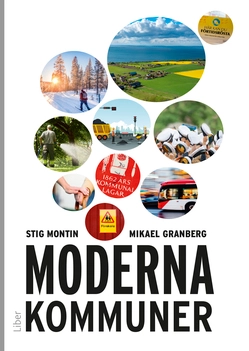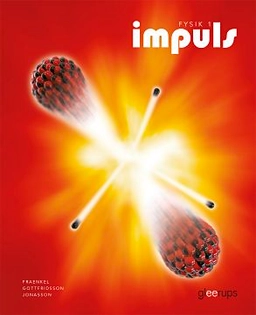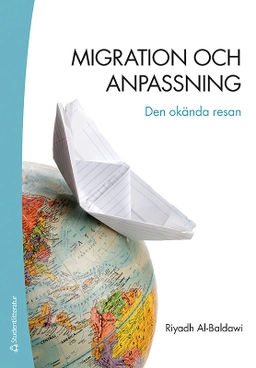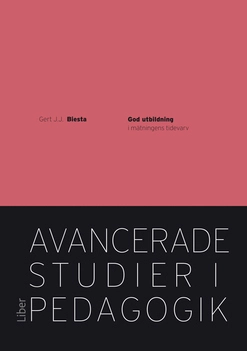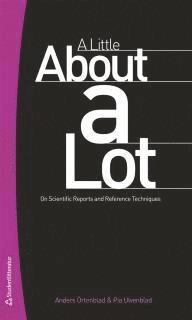

A little about a lot : on scientific reports and reference techniquesUpplaga 1
- Upplaga: 1a upplagan
- Utgiven: 2012
- ISBN: 9789144084084
- Sidor: 112 st
- Förlag: Studentlitteratur AB
- Format: Häftad
- Språk: Engelska
Om boken
Åtkomstkoder och digitalt tilläggsmaterial garanteras inte med begagnade böcker
Mer om A little about a lot : on scientific reports and reference techniques (2012)
I december 2012 släpptes boken A little about a lot : on scientific reports and reference techniques skriven av Anders Örtenblad, Pia Ulvenblad. Det är den 1a upplagan av kursboken. Den är skriven på engelska och består av 112 sidor djupgående information om språk. Förlaget bakom boken är Studentlitteratur AB som har sitt säte i Lund.
Köp boken A little about a lot : on scientific reports and reference techniques på Studentapan och spara pengar.
Tillhör kategorierna
Referera till A little about a lot : on scientific reports and reference techniques (Upplaga 1)
Harvard
Oxford
APA
Vancouver













